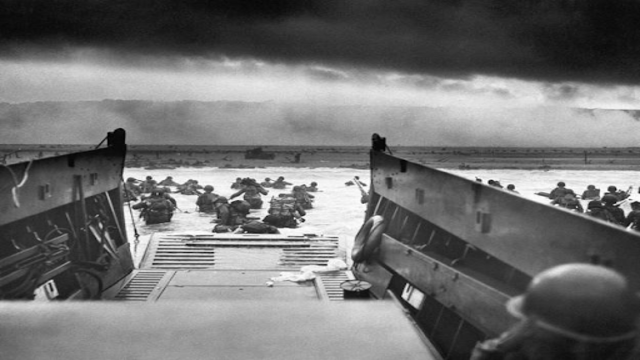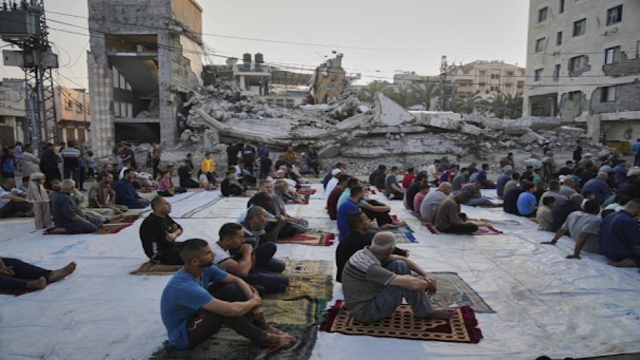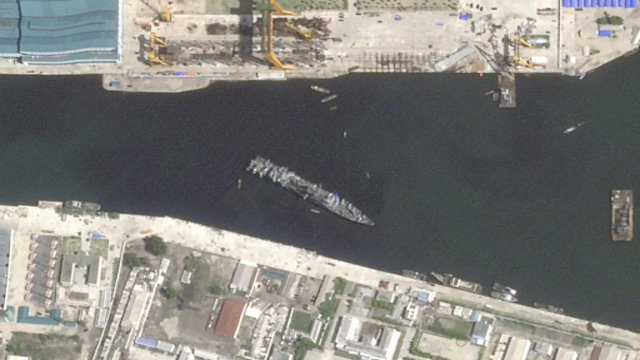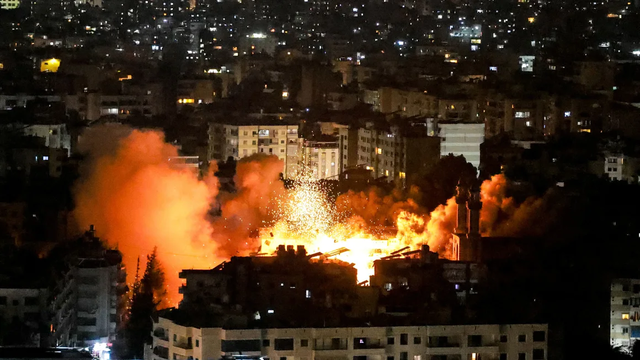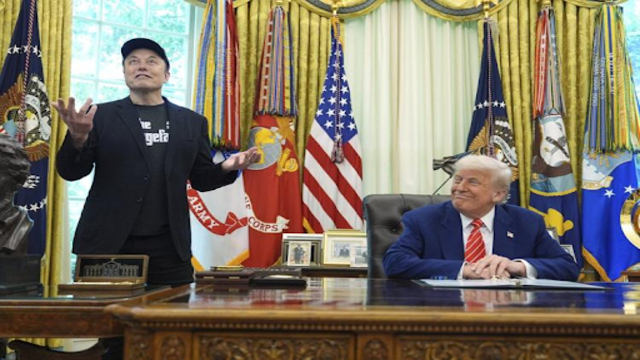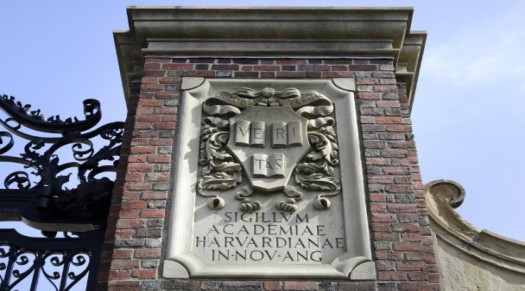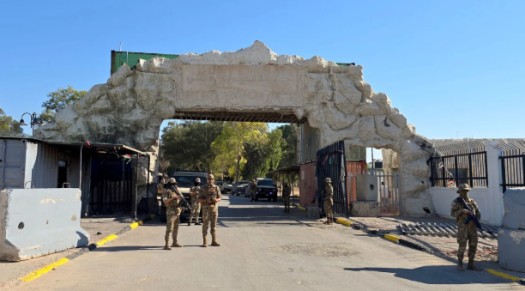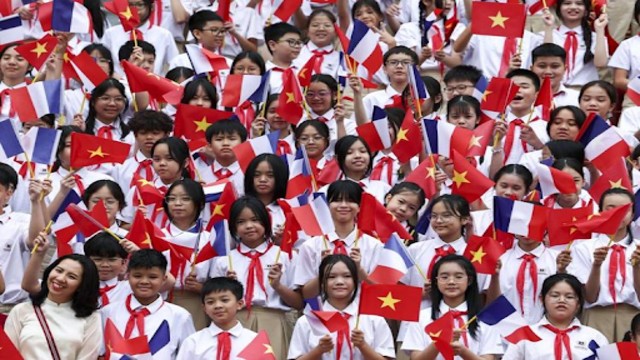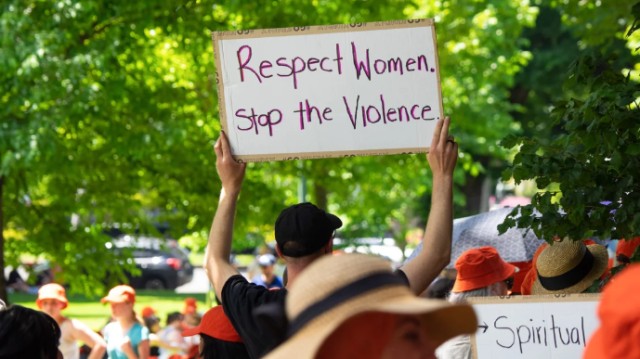
"A Swift, Calibrated Response" of India. Urbana News
In the dim, silent lanes of Pahalgam, where echoes of the April 22 terror attack still linger, a wave of vindication swept through the hearts of grieving families as news of “Operation Sindoor” broke.
It wasn’t just a military response—it was a message, a promise fulfilled, and a tribute etched in courage and compassion.
India’s pre-dawn precision strike on nine terror hubs across Pakistan and Pakistan-occupied Kashmir wasn’t a show of force—it was an act of justice. In a conflict where brutality had erased the sindoor from the foreheads of countless married women, the Indian Army chose its codename wisely.
Operation Sindoor! A Symbol of What Was Lost—and What Will Never Be Forgotten
In Hindu tradition, sindoor (vermilion) is a sacred symbol of marital bliss, a red line of hope worn proudly by married women. When terrorists ripped through innocent lives in Pahalgam, they also ripped through families—turning wives into widows, children into orphans, and futures into memories.
For those women whose sindoor was snatched overnight, this operation wasn’t about retaliation. It was about dignity, about remembrance, and about a nation that stands by its daughters.
"Our Tears Won’t Stop—But This Time, They’re of Joy"
Asvari Jagdale, daughter of Santosh Jagdale—one of the 26 civilians killed—couldn’t hold back her tears when she heard about the operation.
“We were crying with happiness,” she told ANI. “The way the operation was named—our tears wouldn’t stop. Those sisters whose sindoor was erased—India has struck where it hurt the most.”
The sentiment was echoed by Sanjay Dwivedi, father of Shubham Dwivedi. “I salute the Indian Army and thank PM Modi for listening to our pain,” he said. “We finally feel light again.”
Manoj Dwivedi, another family member, added, “This is the real tribute to our son. We always believed PM Modi would take the strictest steps.”
Across Jammu, the air vibrated with chants of “Bharat Mata ki Jai” and “Indian Army Zindabad.” It wasn’t just a military moment. It was a nation healing.
Women in Uniform: The Face of Today’s India
In a powerful narrative twist, Operation Sindoor also shone a spotlight on India’s indomitable women in uniform.
Colonel Sofia Qureshi, leading from the front, shattered stereotypes as she commanded her unit with surgical precision. Wing Commander Vyomika Singh’s aerial prowess was instrumental in executing the pre-dawn strikes with devastating accuracy.
Their presence wasn’t just symbolic. It was revolutionary.
These women didn’t just answer the call of duty—they redefined what that duty looks like. In the eyes of a grateful nation, they stood tall for every widow of Pahalgam, for every girl who dares to dream, and for every woman who believes strength has no gender.
Diplomacy with a Sharp Edge
At today’s Ministry of External Affairs (MEA) briefing, India made its case loud and clear. Ambassador Kwatra, speaking to CNN, laid out the rationale behind the operation: “We had to respond. The victims deserve justice.”
Kwatra also exposed Pakistan’s predictable playbook—deny, delay, distract. “Remember where Osama bin Laden was found?” he asked. “Or the masterminds of 26/11? The answer lies within Pakistan’s borders.”
He stressed that India had shown immense restraint. “But if Pakistan continues to support terror, we will be duty-bound to act again.”
A Journalist's Voice That Echoed for India
In a riveting television exchange, fearless journalist Yalda Hakim grilled a Pakistani diplomat on international news. Her bold questioning laid bare Islamabad’s denials and double standards.
Hakim, who herself hails from a conflict-torn region, spoke not just as a reporter—but as a woman who understood loss, dignity, and accountability.
The Nation That Stands Together
Operation Sindoor wasn’t just about bombs and targets. It was about telling the world: India does not forget its martyrs. A reminder to its enemies: we will respond—not in rage, but in resolve.
It was a tribute to the red sindoor once wiped away, now restored in the hearts of those who lost everything.
It was woman power in uniform, woman power in grief, and woman power in truth-telling.
And it was India—unbroken, unapologetic, and united.


